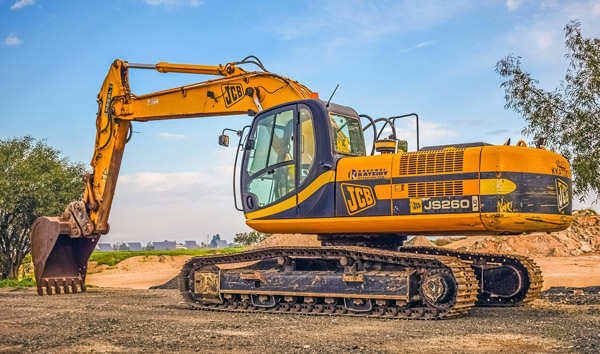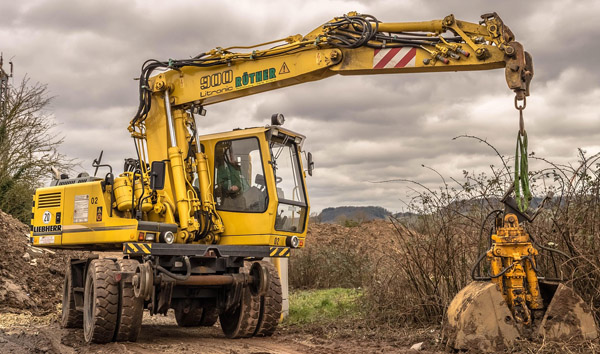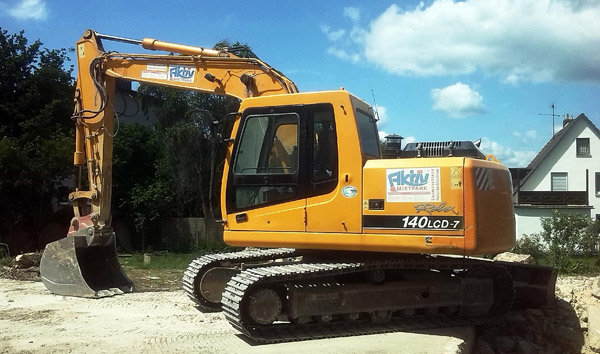The Future of Off-Road Forklifts in Heavy-Duty Material Handling
2025-07-22 03:25:32
Off-road forklifts have revolutionized material handling in challenging environments, offering superior traction and durability compared to conventional models. According to industry data, the global market for off-road forklifts is projected to grow at a CAGR of 5.8% from 2023 to 2030, driven by increasing demand in construction, mining, and agriculture. These machines are engineered with reinforced chassis, all-terrain tires, and high-torque engines to navigate uneven surfaces effortlessly.
One of the key advantages of off-road forklifts is their ability to operate in extreme conditions where standard forklifts would fail. A 2022 study by the International Council of Machinery Manufacturers (ICMM) revealed that off-road forklifts reduce downtime by 30% in mining operations due to their enhanced stability and load-bearing capacity. Their hydraulic systems are optimized for heavy lifting, often exceeding 10,000 lbs, making them ideal for transporting bulk materials like timber, steel, and aggregates.
Technological innovations are further propelling the adoption of off-road forklifts. Leading manufacturers such as Caterpillar and Toyota have integrated AI-driven telematics to monitor performance metrics in real time. GPS tracking, predictive maintenance alerts, and automated load balancing are now standard features, ensuring operational efficiency. Additionally, hybrid and electric off-road forklifts are gaining traction, reducing carbon emissions by up to 40% compared to diesel-powered counterparts.
The construction sector remains the largest end-user of off-road forklifts, accounting for 45% of global sales in 2022. Their ability to maneuver through muddy or rocky job sites significantly improves productivity. Meanwhile, the agriculture industry is increasingly utilizing these machines for handling heavy feed, pallets, and equipment. Off-road forklifts equipped with specialized attachments, such as log clamps or bale spears, further enhance their versatility.
Despite their benefits, challenges like high maintenance costs and limited operator training programs hinder widespread adoption. However, industry analysts predict that advancements in autonomous off-road forklifts will address these issues by 2025. With continued innovation and rising demand from emerging economies, off-road forklifts are set to dominate the future of heavy-duty material handling.














